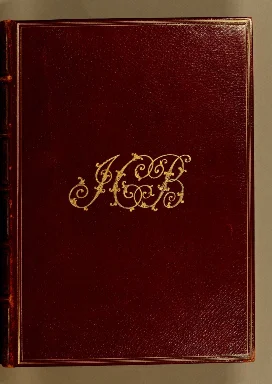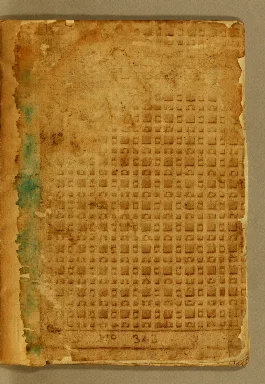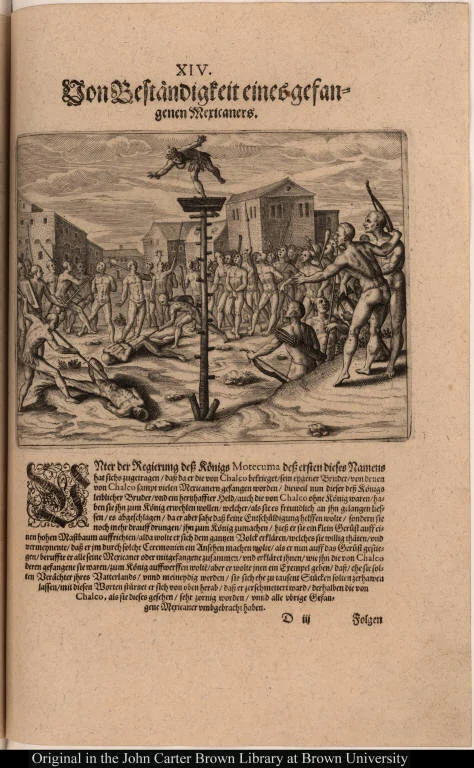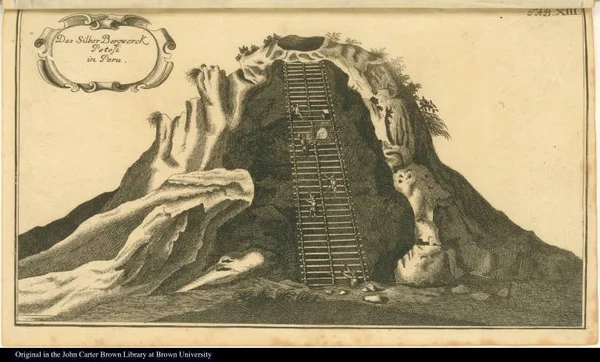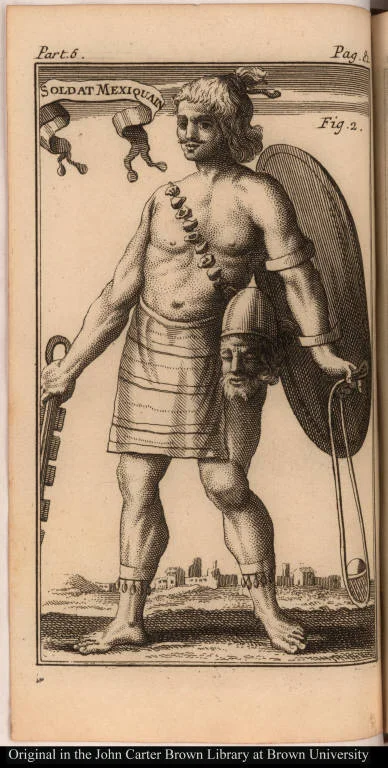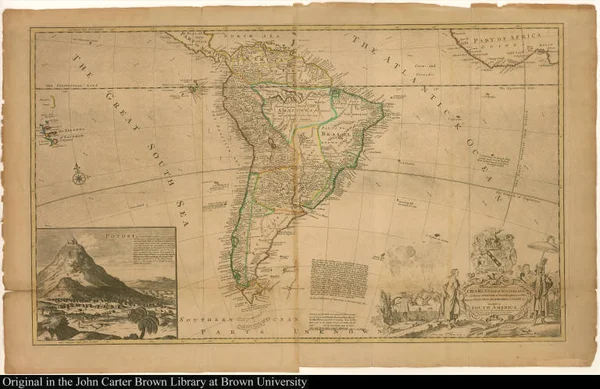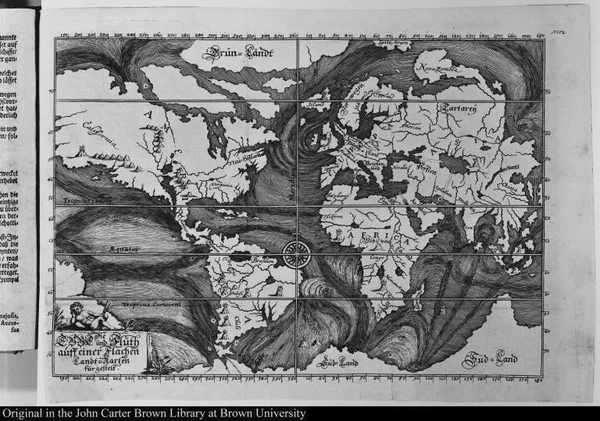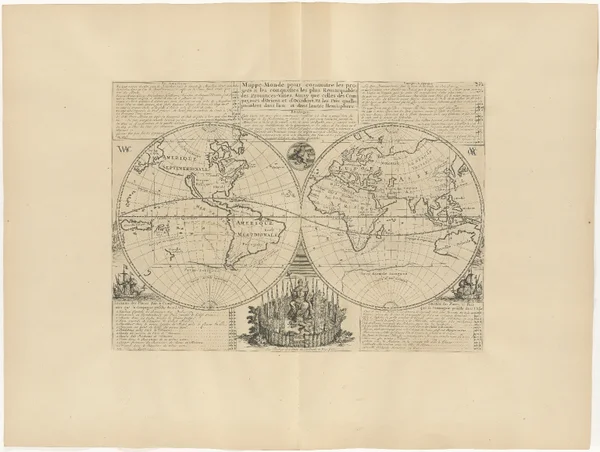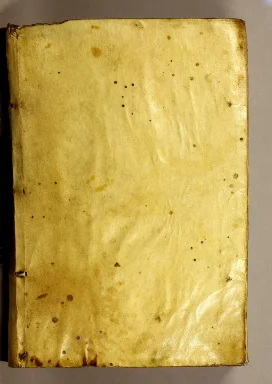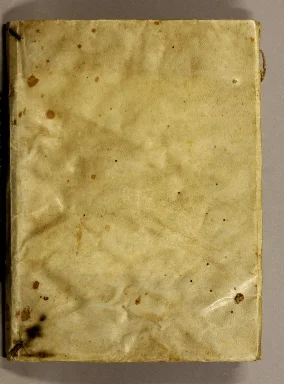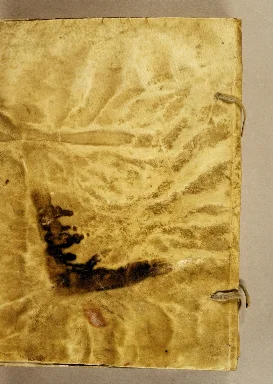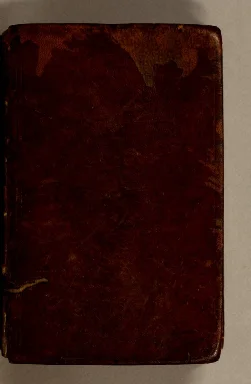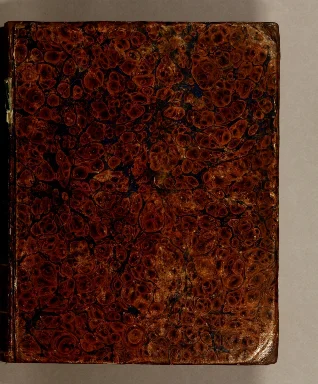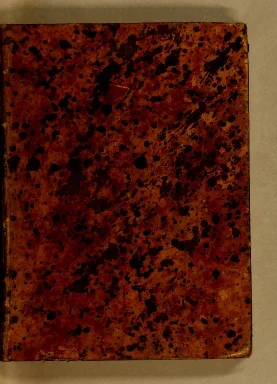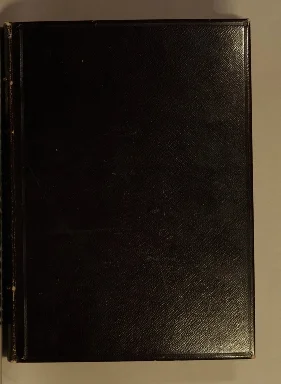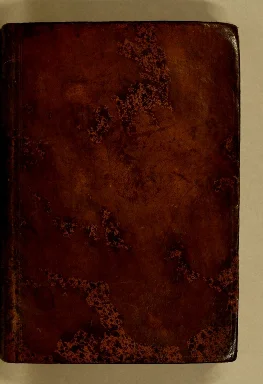1. Mining and Refining Metals: Indigenous and Creole Traditions
Primera parte de los commentarios reales
1609
-
 p. 7
p. 7Andean silver refining techniques involved the use of a huayra, or wind oven. Huayras continued to be used in the colonial period for smelting high-grade ore. José de Acosta and Garcilaso de la Vega describe how Potosí's silver mountain was illuminated at night by thousands of operating wind ovens.
Passage de la Rivière de Santa Lucia. Province de Corrientes
1801-1850
-
 p. 1
p. 1This French naturalist suggested that Samaipata, an archaeological site in the Bolivian Andes, had functioned as a gold-washing site in Inka times. Current scholarship suggests that d'Orbigny's interpretation of Samaipata was mistaken. Nonetheless, gold was mined and worked extensively in the Pre-Columbian Andes.
Indice de algunas voces usadas en el Peru para designar las substancias ...
1792
-
 p. 16
p. 16This late eighteenth century text compares the mineralogical terms used in Richard Kirwan's Elements of Mineralogy (1784) with those commonly used in Peru. Some of the latter—for example, umpi (inflammable gas)—were Quechua words. Chapopote (tar), meanwhile, is a word of Nahuatl origin that was adopted in Peru.
2. Images of the Underground
Von Beständigkeit eines gefangenen Mexicaners.
1601-1650
-
 p. 1
p. 1This early seventeenth century German publication erroneously describes the silver mines of Potosí as gold mines. The image and accompanying text both emphasize the dangers and difficulties faced by indigenous mine workers. The text strongly echoes José de Acosta's 1590 description of the Potosí mines and the perils that labor below ground entailed.
Das Silber Bergwerck Potosi in Peru.
1701-1750
-
 p. 1
p. 1Variations on de Bry's cut-away image showing workers inside the silver mines of Potosí appeared in numerous seventeenth and early eighteenth century European publications. The ongoing circulation of this image is indicative of enduring European fascination for Potosí as well as of the sense of horror evoked by descriptions of conditions below ground.
Soldat Mexiquain
1701-1750
-
 p. 1
p. 1This illustration of a mine in New Spain accompanies the travel account of an early eighteenth century Italian visitor. In similar fashion to cut-away representations of Potosí's silver mountain, the image places emphasis on physical dangers experienced by workers below the surface.
Pizarro assassinated in his Palace.
1751-1800
-
 p. 1
p. 1This brief general history of South America, written for a youthful audience, does not fail to include an illustration of workers in the Potosí mines. Although most laborers at Potosí were technically free, a labor draft known as the mita endured throughout the whole colonial period.
3. Mapping the Underground
To the Right Honourable Charles Earl of Sunderland, and Baron Spencer .....
1709
-
 p. 1
p. 1The details of this map unequivocally reflect northern European interest in the mineral wealth of Spanish and Portuguese America. Careful study reveals numerous references to gold mining sites, especially in the Amazon regions. The theme of precious metals is equally apparent in the map's decorative elements. An illustration of Potosí's silver mountain dominates the lower left hand corner, while ingots and coins are depicted below the legend.
Ebbe und die Flüth auff einer Flachen Landt-Karten fürgestelt.
1687
-
 p. 1
p. 1Remarkable emphasis is placed on Potosí in these late seventeenth century English and German maps. William Hack drew his map on the basis of Spanish charts captured in 1681 by an English privateer. Happell's map depicts South America as the world's most volcanically active region. Some early modern accounts of American nature proposed a causal connection between volcanic activity and abundant mineral wealth. This connection is also readily apparent in other maps included in this display.
Mappe-Monde pour connoitre les progrés & les conquestes les plus Remarqu...
1714
-
 p. 1
p. 1The decorative elements around the legend of this mid-eighteenth century map repeat the visual references to mineral wealth and volcanic activity in Herman Moll's map of South America (included in this display).
4. Labor in the Mines
Vocabulario manual de las lenguas castellana, y mexicana
1668
-
 p. 24
p. 24First published in 1611, this phrase book was intended to help Spaniards in New Spain to communicate with indigenous people in Nahuatl. The selected phrases include a wide variety of commands commonly given to indigenous laborers, including those who worked in the mines.
Nuevas ordenanzas de minas para el Reyno de Chile
-
 p. 1
p. 1In colonial Peru a significant proportion of mining labor was supplied via a draft labor system known as the mita. In Chile, where the mita system was not used, mine owners and officials believed that wage laborers enjoyed too many freedoms and frequently defrauded their employers. These ordinances sought to exercise greater control over wage laborers in Chile's mines.
Pretensiones de la villa imperial de Potosi, propuestas en el Real Conse...
1634
-
 p. 1
p. 1Both texts reflect competition over labor supply between different sectors of the colonial economy and the efforts of mine owners and of their allies to ensure access to indigenous workers. The Spanish friar Benito de Peñalosa y Mondragón opposed wine cultivation in Peru partly on the grounds that it would cause a shortfall of indigenous workers for the mines. Sandoval y Guzman, city attorney for Potosí, suggested it was essential to import enslaved Africans for plantation and agricultural labor to allow indigenous workers to be assigned exclusively to the mines.
5. Ordering the Underground in the Bourbon Era
Noticias americanas
1772
-
 p. 7
p. 7The author, a Spanish military officer and scientist, spent decades living in the Americas and served six years as governor of the mercury mines at Huancavelica, Peru. Ulloa lamented the fact that metallurgical laboratories had never been established in Spain's American territories, even though silver and gold constituted the crown's principal source of revenue.
Comentarios a las ordenanzas de minas
1761
-
 p. 7
p. 7Lawyer Francisco Javier de Gamboa's commentaries on the mining ordinances that were in use in New Spain clearly convey his belief that the viceroyalty's mines should be worked with the utmost efficiency. The dimensions of each mine, he declared, should be measured with greater care and precision than the finest lace or most costly spun gold or silver.
Reales ordenanzas para la direccion, régimen y gobierno del importante ...
1783
-
 p. 1
p. 1Drafted within the context of late colonial reforms intended to revitalize the mining industry, a new mining code was implemented in New Spain in 1783. Three years later, a modified version of this code was adopted for use in the Viceroyalty of Peru.
Medidas de minas y beneficio de los metales segun Gamboa y otros para el...
1789
-
 p. 5
p. 5A manuscript copy of Gamboa's Comentarios (also included in this exhibition), this manual was undoubtedly intended for practical use at a mining site. The manual describes local as well as European techniques for measuring and working mines. The foldout illustrations permit the reader to refer simultaneously to the text and accompanying diagrams.
6. Mining Treatises and Trans-Atlantic Circuits of Knowledge
Arte de los metales en que se enseña el verdadero beneficio de los de o...
1640
-
 p. 5
p. 5First published in 1640, this famous treatise describes an innovative amalgamation process for refining silver developed in Potosí by its author, a Spanish-born priest. The text reflects the emergence of distinctive colonial knowledges and of the idea of New World difference: at Potosí, Barba wrote, the richest silver veins run north-south, in contrast to Europe, where they run east-west.
Gründlicher Unterricht von den Metallen
1763
-
 p. 7
p. 7Numerous editions of Barba's treatise were published in Spanish as well as in translation between the seventeenth and nineteenth centuries. The author's innovations in the silver refining process remained in use throughout colonial times. The preface to a German edition published in 1763 describes the manual as a "precious gem" for which readers in Spain and the Americas were willing to pay any amount.
Nueva teórica y práctica del beneficio de los metales de oro y plata p...
1802
-
 p. 1
p. 1This metallurgical treatise outlines an improved method of refining silver that makes more economical use of mercury. In his dedicatory address, Garcés y Eguía acknowledges the generosity of the Spanish monarch in sending European mining experts to the Americas at the crown's expense. In doing so, the author honors the king's dedication to fomenting the advance of mining technology in Spain's American possessions.
Ensayo de metalurgia, ó Descripcion por mayor de las catorce materias m...
1784
-
 p. 1
p. 1Francisco Javier de Sarría's metallurgical treatise, published in Mexico in 1784, was heavily informed by the publications of French chemists Pierre Macquer and Antoine Baumé and of the German mining expert Christoph Andreas Schlüter.
Ueber das Anquicken der gold- und silberhältigen Erze, Rohsteine, Schwa...
1786
-
 p. 5
p. 5Ignaz von Born, author of a metallurgical treatise published in Vienna, expressed grudging respect for the significance of Barba's refining technique. Like many central and northern Europeans, however, he expressed disdain for Iberian scientific practice. Barba's discovery, he claimed, should be attributed more to chance than to careful experimentation based on sound scientific principles.
7. Metals, Minerals, and New World Natural History
A philosophical and practical essay on the gold and silver mines of Mexi...
1755
-
 p. 1
p. 1The Spanish Jesuit who allegedly authored this translated text rehearsed a theory of mineral distribution that was outlined by Pliny and frequently echoed in descriptions of mining in the colonial Americas. According to this theory, silver and other metals were almost always found in harsh and sterile places.
Défense des Recherches philosophiques sur les Américains
1777
-
 p. 7
p. 7Far from viewing the abundance of metals in the New World in a positive light, Cornelius Pauw, an influential Dutch intellectual, interpreted this abundance as a sign that the Americas, compared with other continents, were still in a raw and primeval state.
The history of America
1778
-
 p. 1
p. 1Robertson, a prominent Scottish historian, criticized the Spanish for—in his view—focusing only on extracting precious metals while ignoring all other natural resources that their American colonies offered. Like many eighteenth century European intellectuals, Robertson believed that agriculture should be privileged over mining.
Mercurio peruano de historia, literatura, y noticias públicas que da à...
1791-1795
-
 p. 7
p. 7For the author of this essay, published in a patriotic Peruvian journal, Peru was as rich in natural wealth and wonders below ground as on the surface. Taking his readers on an imaginary journey into the subterranean, he describes a dazzling variety of earths, fossils, stones, and metals.
Historica relacion del reyno de Chile
1646
-
 p. 7
p. 7The Jesuit author of this mid-colonial account of Chile repeatedly refers to the territory's "fertility" in precious metals. Ovalle's use of this term possibly reflects the widespread belief in the colonial Americas that metals grew and were continually replenished underground. For Ovalle, gold mines were so numerous that the entire territory constituted "a plank, or sheet of gold."
Compendio de la historia geografica, natural y civil del reyno de Chile
1788
-
 p. 5
p. 5For Giovanni Ignazio Molina, a Chilean Jesuit, Chile's agricultural abundance and its mineral wealth went hand in hand. Subterranean heat generated by those minerals, he argued, helped to ensure the fertility of the soil and the perfect ripening of crops.
8. Mines and Minerals in Nineteenth Century Travel Accounts
Essai politique sur le royaume de la Nouvelle-Espagne
1808-1812
-
 p. 1
p. 1Humboldt's extensive writings on mining in the Americas, Mexico in particular, became essential reading for prospective European and Anglo-American mining investors who traveled to Latin America in the early era of independence. This map shows the routes along which the mineral wealth of the Americas makes its way to other parts of the globe.
Travels in Chile and La Plata
1826
-
 p. 1
p. 1Racialized notions of cultural and physical differences between Chilean and English miners contributed to Miers's argument that the English could never succeed in establishing profitable mining operations in Chile. Miers traveled to Chile in the hope of establishing plants for refining copper and manufacturing copper sheets.
Mexico
1829
-
 p. 1
p. 1An English diplomat, Henry Ward's account of Mexico focuses heavily on the state and potential of its mining industry. He lists one German, two U.S. American, and seven British mining companies that were active in Mexico in the 1820s, along with the mines that these companies owned.
Travels in various parts of Peru
1830
-
 p. 1
p. 1The mines of Potosí continued to fuel foreigners' dreams of wealth in the era of independence. Edmond Temple traveled to Bolivia as secretary of the Potosí Mining Association, an English company that operated briefly and unsuccessfully at Potosí. Despite his disparaging views of local mining practices, Temple candidly acknowledged the ignorance and unrealistic expectations of English capitalists who scrambled to invest in Andean mining.
Travels in the interior of Brazil, particularly in the gold and diamond ...
1812
-
 p. 1
p. 1John Mawe, an English mineralogist, traveled to Brazil in the service of the Prince Regent of Portugal, tasked with reporting on the state of mining and agriculture. His map shows gold washing sites to the north of Rio de Janeiro and demarcates an area known for diamonds. In Brazil and Spanish America alike late imperial administration showed interest in conducting mineralogical surveys within the context of mining reform.
Credits
Items Pending Integration
Project Creator(s)
- The John Carter Brown Library

